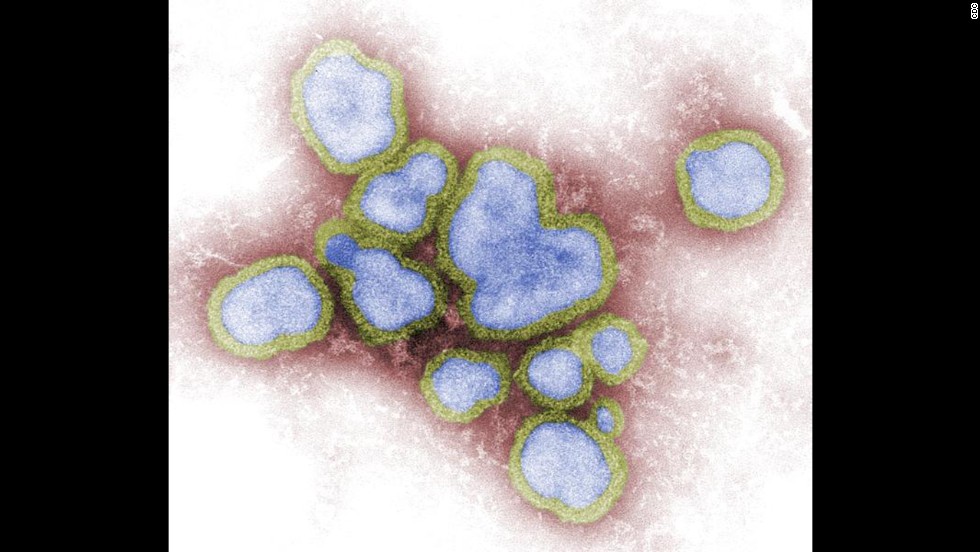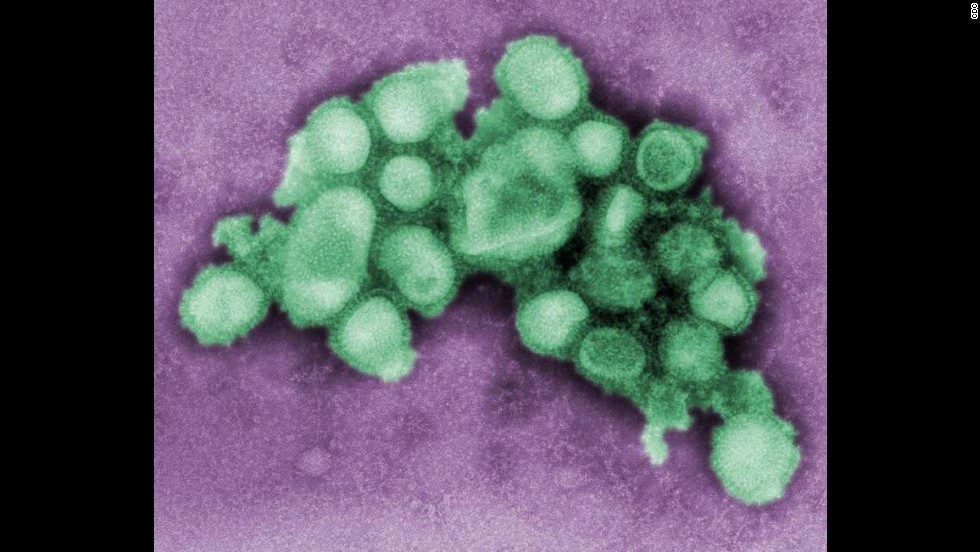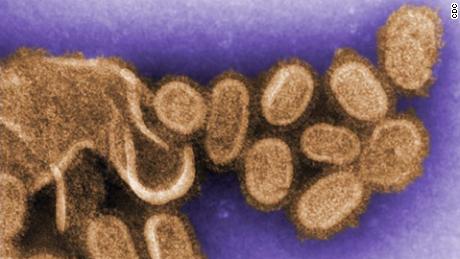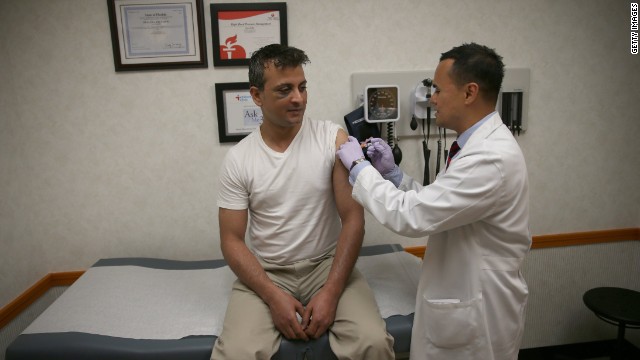Story highlights
- California has seen unusually high numbers of flu-related deaths and hospitalizations, health officials say
- Widespread flu activity has been reported in 46 states nationwide
(CNN)A deadly flu season has hit hard in the Golden State.
More patients are being hospitalized with flu-like symptoms, some stores have had spot shortages of flu medications, and there have been 27 flu-related deaths reported among patients younger than 65, according to the California Department of Public Health.
"Usually, at this time of year, we have reported in the neighborhood of three or four deaths in people under age 65," Dr. James Watt, chief of the Division of Communicable Disease Control at the state Department of Public Health, said Tuesday.
"It's possible that we're seeing higher numbers of deaths now because the season started earlier, and we will be tracking this closely, to see whether the number of deaths reported continues to be elevated," he said. Also, "hospitalizations and the outpatient visits, those are two things that we monitor closely to determine the severity of flu season. ... Both of those measures are above what we usually see for this time of year."
Hospitals across the state, such as some medical centers in the Kaiser Northern California and UCLA Health systems, have reported unusually high numbers of patients with flu-like symptoms. Widespread and high-level flu activity has emerged in other states across the country as well, such as Illinois and Texas.
"Virtually the entire country is reporting that same level of influenza activity," Watt said. "There are few states that are still reporting regional activity, but what we're seeing in California is quite similar to what's being reported across the country."
Widespread flu activity has been reported in 46 states nationwide, according to the latest flu report from the US Centers for Disease Control and Prevention. In 26 of those states, including California, flu activity has been classified as "high."
What explains the forceful flu season
The pervasiveness of the flu in the US appears to be similar to what was seen during peak flu season from 2014 to 2015, which was the most severe season in recent years, according to the CDC. During that season, influenza A H3N2 viruses dominated nationally.
The World Health Organization noted in its latest influenza update that overall flu activity has continued to increase across North America with detections of predominantly influenza A H3N2 viruses this season. In past years, the effectiveness of flu vaccines in general has been lower against H3N2 viruses than against other influenza A- or B-strain flu viruses.
"The predominant virus this year has been influenza A H3N2, and that is the virus that -- because it affects elderly and young children more than the others -- tend to be the ones that are more severe, and by severe I mean they have more hospitalizations and frequently more deaths in those years," said Lynette Brammer, head of the CDC's Domestic Influenza Surveillance team.
"This season is falling in line with other H3N2 seasons," she said. "It's probably a bad year, but a lot of H3N2 years are bad years, and this is not falling outside of what we would expect in a year where H3N2 viruses are predominant."
Additionally, flu activity has increased above baseline levels in most countries in northern and southwestern Europe, according to the WHO.
Last year, Australia had a worse flu season than usual, which some experts predicted would bode ill for Northern Hemisphere nations, including the US and Canada and across Europe. As it turns out, the most common influenza virus in Australia last season was influenza A H3N2.
"In general, we get in our season what the Southern Hemisphere got in the season immediately preceding us," Dr. Anthony Fauci, director of the United States' National Institute of Allergy and Infectious Diseases, said during Australia's flu season last year.
Across California and the rest of the US, the widespread flu season has led to some temporary shortages of flu medications (such as Tamiflu) in certain pharmacies, according to the CDC.
"At the start of the 2017-'18 season, manufacturers of influenza antiviral medications projected that they would have sufficient product on hand to meet even high demand for that product this season. However, it is not unusual for spot shortages to occur when flu activity is high," CDC spokeswoman Kristen Nordlund wrote in an email.
"Patients may receive prescriptions for oseltamivir or zanamivir antiviral drugs. Oseltamivir is available in different formulations in generic and under the trade name 'Tamiflu,' and zanamivir is available under the tradename 'Relenza,' " she wrote. "I think the most important part of this is that patients can and should reach out to pharmacies to see what is available in their area."
It's important that antiviral drugs are used early to treat hospitalized patients, people with severe flu illness and people at high risk for complications from the flu, such as due to age or pregnancy, according to the CDC. Antiviral drugs work best when administered within two days of getting sick.
There is no widespread shortage of influenza vaccine or medications in California, said Dr. Gilberto Ch├Īvez, state epidemiologist and deputy director of the Center for Infectious Diseases at the California Department of Public Health.
"What has happened in some instances over the last week have been just spot shortages of the medication because of increased demand in some cities and in some pharmacies," he said. "We've been in contact with CDC; we've been in contact with manufacturers, distributors; we are sure there is no shortage of antivirals."
Rather, he added, in some areas "distribution hasn't quite kept up with demand."
Flu prevention tips
Health officials advise that if you haven't been vaccinated, there's still time to get your flu shot.
"People can get it any time they need to get it," Ch├Īvez said.
Though getting vaccinated remains important, the CDC also offers these tips to help stop the spread of germs and prevent respiratory illnesses like the flu:
- Avoid close contact with people who are sick.
- Stay home from work and school and avoid running errands when sick.
- Cover your mouth and nose with a tissue when coughing or sneezing.
- Wash your hands often to help protect you from germs.
- Avoid touching your eyes, nose or mouth after touching something contaminated with germs.
- Clean and disinfect frequently touched surfaces at home, work or school, especially when someone is sick.
- In general, get plenty of sleep, be physically active, manage your stress, drink plenty of fluids, and eat nutritious foods to stay healthy.



























